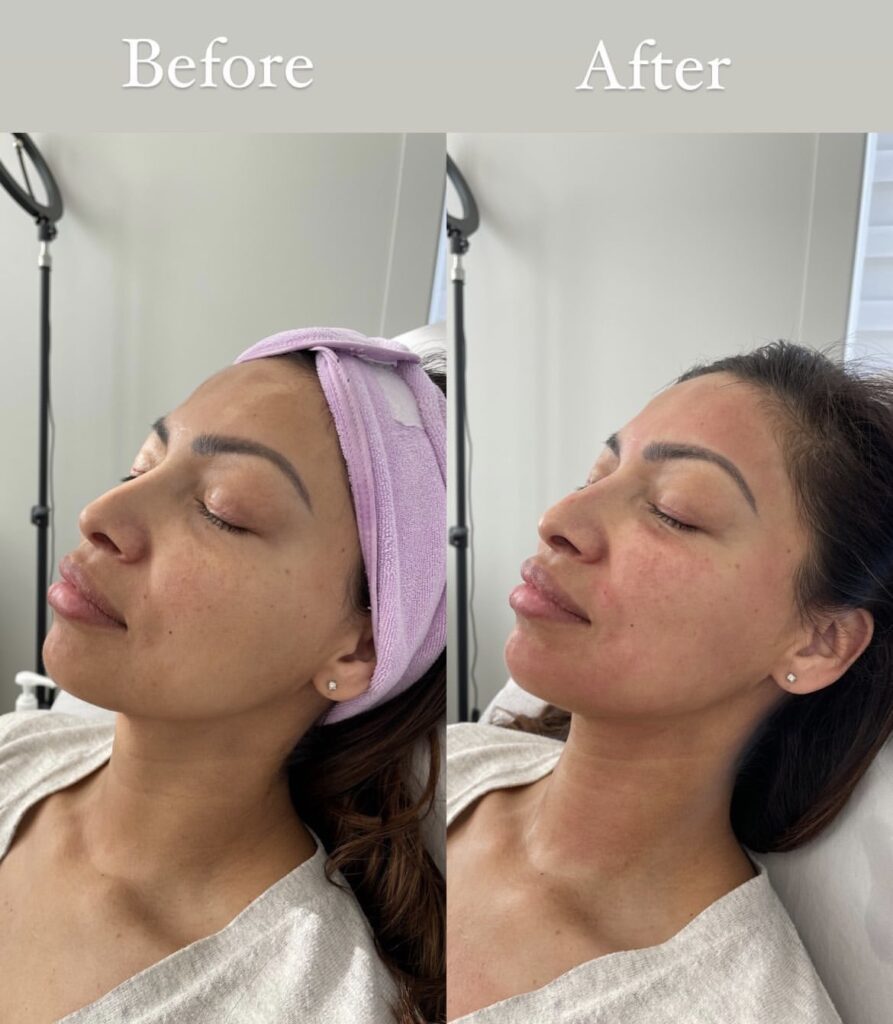PRP Facial (Vampire Facial)
Book
FAQ
Platelet-rich plasma (PRP) or “vampire facial” is a medical aesthetic procedure that stimulates growth of collagen through microneedling, which helps improve the skin and tone texture.
This is a 3-step procedure that involves:
-
Having blood drawn from your arm
-
The blood sample is spun in a centrifuge machine to separate the proteins and platelets from the blood. Platelets are then removed, and concentrated to create the platelet-rich plasma
-
The platelet-rich plasma is re-injected into your face or scalp using a microneedling tool or a syringe
PRP Facial Prices
PRP Facial consult | Free
Vita Facial | $599
Face & Neck | $649
Face, Neck & Decolette | $725
Frequently Asked Questions
What are the benefits of a PRP Facial?
PRP Facials can improve skin texture, reduce fine lines and wrinkles, promote a more even skin tone, and enhance overall skin elasticity. The growth factors in PRP contribute to a refreshed and youthful appearance.
Who is a good candidate for a PRP Facial?
Most individuals in good health are suitable candidates for PRP Facials. It is especially beneficial for those looking to address signs of aging, improve skin texture, or enhance the results of other skincare treatments.
A small amount of blood is drawn from the patient, typically from the arm. The blood is then processed using a centrifuge to separate the platelet-rich plasma from other components.
Discomfort is minimal during the procedure. Topical numbing cream is applied to ensure the patient’s comfort. Some patients may experience mild redness or swelling post-treatment.
How many PRP Facial sessions are needed for optimal results?
The number of sessions varies based on individual skin concerns and goals. Most patients benefit from a series of treatments, usually spaced several weeks apart. Maintenance sessions may be recommended.
What is the downtime after a PRP Facial?
Downtime is minimal. Some redness or swelling may occur, but it usually subsides within a day or two. Patients can generally resume their normal activities immediately after the procedure.
Are there any side effects of PRP Facials?
Common side effects include mild redness, swelling, but these are temporary. Serious complications are rare when performed by a qualified professional.





